Know the Warning Signs of Hypocalcemia!
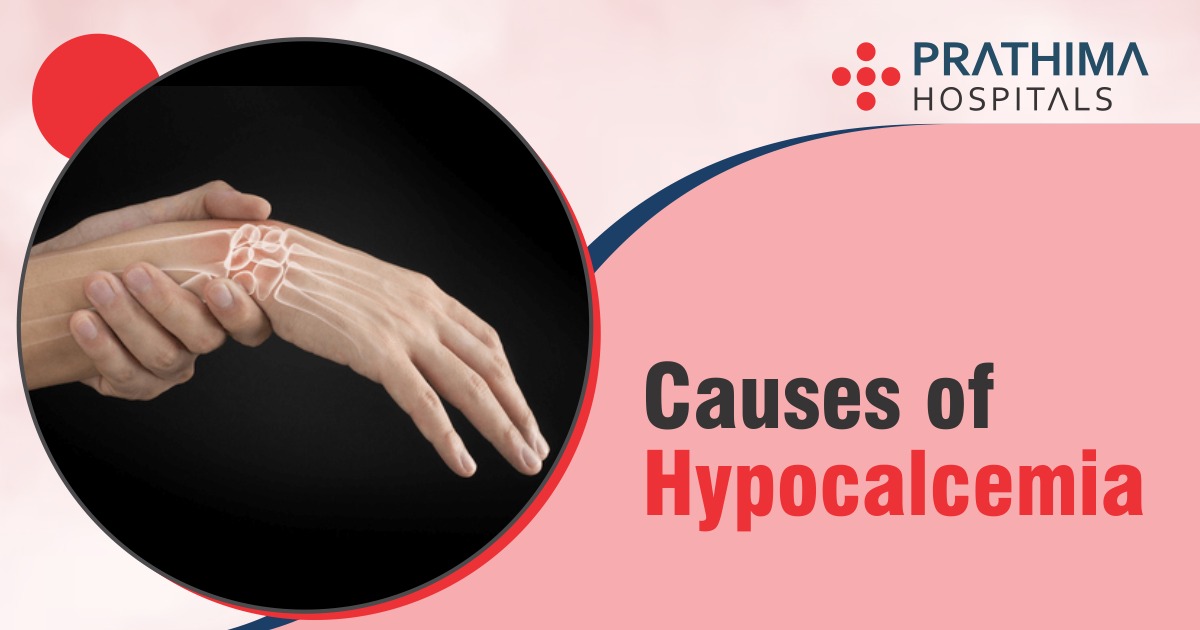
Causes and Symptoms of Hypocalcemia
Introduction:
Hypocalcemia is a medical condition distinguished by unusually low levels of calcium in the bloodstream. Vital for the body, calcium serves as a fundamental mineral essential for a range of functions, including promoting robust bone health, facilitating muscle contractions, transmitting nerve impulses, and enabling proper blood clotting. According to the Best General Physician in Hyderabad, maintaining adequate calcium levels is vital for overall well-being. In this article will delve into the causes, symptoms, and natural dietary strategies to boost calcium levels and manage hypocalcemia effectively.
Causes of Hypocalcemia:
Several factors can contribute to hypocalcemia, disrupting the delicate balance of calcium levels in the body:
- Vitamin D Deficiency: Vitamin D is essential for calcium absorption from the intestines. Insufficient exposure to sunlight and inadequate dietary intake of vitamin D can lead to impaired calcium absorption and consequently lower calcium levels.
- Hypoparathyroidism: The parathyroid glands regulate calcium levels in the body by producing parathyroid hormone (PTH). Conditions such as hypoparathyroidism, where the parathyroid glands are underactive, can result in decreased PTH production, leading to low calcium levels.
- Chronic Kidney Disease: Kidneys play a pivotal role in maintaining calcium balance by excreting or retaining calcium based on the body’s needs. Chronic kidney disease can impair this function, causing hypocalcemia.
- Malabsorption Disorders: Conditions like celiac disease, Crohn’s disease, and certain gastrointestinal surgeries can interfere with calcium absorption in the intestines, leading to reduced calcium levels.
- Magnesium Deficiency: Magnesium is required for the activation of parathyroid hormone and the conversion of vitamin D to its active form. A magnesium deficiency can indirectly lead to calcium imbalance.
Symptoms of Hypocalcemia as per the Best General Physician in KPHB:
The symptoms of hypocalcemia can vary in severity and may include:
- Muscle Twitching and Spasms: Calcium is essential for proper muscle function. Low calcium levels can lead to muscle twitching, cramps, and even severe muscle spasms.
- Numbness and Tingling: Hypocalcemia can cause a sensation of numbness or tingling, especially in the fingers, toes, and around the mouth.
- Weakness and Fatigue: Inadequate calcium can contribute to muscle weakness and general fatigue.
- Confusion and Irritability: Calcium plays a role in nerve transmission and cognitive function. Low levels of calcium can lead to confusion, irritability, and even mood disturbances.
- Cardiac Arrhythmias: Severe hypocalcemia can affect the heart’s electrical conduction system, leading to irregular heartbeats and potentially serious arrhythmias.
Boosting Calcium Levels Naturally with a Healthy Diet:
Maintaining adequate calcium levels is essential for overall health, as calcium plays a vital role in bone health, muscle function, nerve transmission, and more. While calcium supplements are available, obtaining calcium from a well-balanced diet is often the preferred approach, as it ensures the intake of other essential nutrients that support calcium absorption and utilization. Here’s a detailed look at various dietary sources of calcium and how to incorporate them into your meals:
1. Dairy Products: Dairy foods are perhaps the most well-known sources of calcium. Nevertheless, it’s crucial to opt for low-fat or fat-free choices to prevent consuming an excess of saturated fats.. Some examples include:
- Milk: Cow’s milk, whether regular or fortified with vitamin D, is a great source of calcium. A single cup of milk can provide around 300 mg of calcium.
- Yogurt: Yogurt contains probiotics that can benefit gut health, in addition to calcium. Opt for plain yoghurt to avoid added sugars.
- Cheese: Cheese varieties like cheddar, mozzarella, and Swiss contain significant amounts of calcium. Monitor portion sizes due to the calorie content they contain.
2. Leafy Greens: Leafy greens are not only rich in calcium but also offer other important nutrients like vitamin K, which is crucial for bone health. Here are a few leafy greens to consider incorporating into your diet:
- Kale: A cup of cooked kale can provide about 100 mg of calcium. Additionally, kale serves as a beneficial source of both dietary fiber and antioxidants.
- Collard Greens: Similarly, a cup of cooked collard greens can offer around 260 mg of calcium.
- Spinach: While spinach is high in calcium, it also contains compounds that can interfere with calcium absorption. Therefore, it’s important to balance spinach intake with other calcium sources.
3. Fortified Foods: Many plant-based milk alternatives, cereals, and other foods are fortified with calcium and vitamin D, making them suitable options for individuals who are lactose intolerant or following a vegan diet. Examples include:
- Almond Milk: Choose calcium-fortified almond milk to get similar benefits to dairy milk.
- Soy Milk: Like almond milk, calcium-fortified soy milk is a great alternative to dairy.
- Breakfast Cereals: Look for whole grain cereals that are fortified with calcium and vitamin D for a nutrient-rich breakfast option.
4. Fish: Certain types of fish are excellent sources of calcium, along with other nutrients like omega-3 fatty acids. Incorporate the subsequent fish varieties into your dietary choices:
- Sardines: Canned sardines with bones intact are packed with calcium. They also offer vitamin D and omega-3s.
- Canned Salmon: Like sardines, canned salmon with bones provides a good dose of calcium. Furthermore, it stands as an excellent protein source.
5. Nuts and Seeds: According to the Best General Physician in Kukatpally, nuts and seeds not only add crunch to your meals but also offer calcium and other nutrients. Incorporate the following into your diet:
- Almonds: Almonds are a convenient snack that provides both calcium and healthy fats.
- Chia Seeds: Chia seeds are a versatile ingredient that can be added to yoghurt, smoothies, or oatmeal for an extra calcium boost.
- Sesame Seeds: Sprinkle sesame seeds on salads, stir-fries, or other dishes to increase your calcium intake.
6. Tofu and Tempeh: Tofu and tempeh are plant-based protein sources that are often fortified with calcium. They are versatile and suitable for both savory and sweet recipes:
- Tofu: Incorporate tofu into stir-fries, curries, scrambles, and even smoothies for a calcium-rich addition.
- Tempeh: Use tempeh in sandwiches, salads, or as a meat substitute in various recipes.
7. Fruits: While fruits generally contain smaller amounts of calcium compared to other sources, they can still contribute to your overall intake:
- Oranges: Oranges and orange juice can provide some calcium along with vitamin C, which supports collagen formation.
- Figs: Figs are relatively high in calcium and can be enjoyed fresh or dried.
- Kiwi: Kiwi is a tasty fruit that offers a small amount of calcium, along with other essential nutrients.
8. Whole Grains: Whole grains may not be as calcium-rich as dairy or some other sources, but they can still contribute to your daily intake:
- Oats: Oats can be consumed as oatmeal or added to smoothies to boost calcium content.
- Whole Wheat: Whole wheat products, such as bread and pasta, can provide some calcium along with dietary fibre.
9. Herbs and Spices: While not major sources of calcium, some herbs and spices can contribute trace amounts that add up over time:
- Thyme: Thyme is an aromatic herb that can be used to season various dishes.
- Oregano: Oregano is a versatile herb that adds flavour to Mediterranean-inspired dishes.
- Basil: Basil is commonly used in Italian cuisine and can be added to salads, pasta, and more.
Additional Tips:
- Pair Calcium-Rich Foods: Enhance calcium absorption by combining calcium-rich foods with sources of vitamin D, such as fatty fish, fortified foods, and exposure to sunlight.
- Balanced Diet: Incorporate a variety of calcium-containing foods into your diet to ensure a well-rounded intake of nutrients.
- Portion Control: Pay attention to portion sizes, especially when consuming higher-calorie foods like cheese.
- Cooking Methods: Opt for cooking methods that preserve calcium content, such as steaming vegetables rather than boiling them.
- Nutrient Interactions: Some nutrients, like magnesium and vitamin K, also play a role in calcium metabolism. Ensure you’re getting a balanced intake of these nutrients as well.
Lifestyle Considerations:
In addition to dietary adjustments, As per the Best General Physician in Kachiguda, certain lifestyle practices can support healthy calcium levels:
- Adequate Sunlight Exposure: Sunlight is a natural source of vitamin D, which aids calcium absorption. Spending time outdoors, especially during sunny periods, can help maintain optimal vitamin D levels.
- Regular Exercise: Weight-bearing exercises, such as walking, jogging, and strength training, promote bone health and calcium utilization.
- Limiting Caffeine and Alcohol: Excessive consumption of caffeine and alcohol can interfere with calcium absorption. Moderation is key.
- Maintaining a Healthy Weight: Being underweight can increase the risk of bone density loss. Strive to uphold a balanced weight by embracing nutritious eating habits and engaging in consistent physical activity.
Conclusion:
Hypocalcemia is a condition that warrants attention due to its impact on various bodily functions. By understanding its causes and recognizing its symptoms, individuals can take proactive steps to manage their calcium levels effectively. Embracing a diet rich in calcium-containing foods, incorporating sunlight exposure, staying physically active, and making wise lifestyle choices are all integral parts of maintaining optimal calcium levels and overall well-being. Always consult a healthcare professional before making significant dietary or lifestyle changes, especially if you suspect you have hypocalcemia or any other medical condition.
.
.
.
.
.
For more details:
📞:: 733 733 6600 | 040 4345 4345
🌐:: https://prathimahospitals.com/book-appointment/

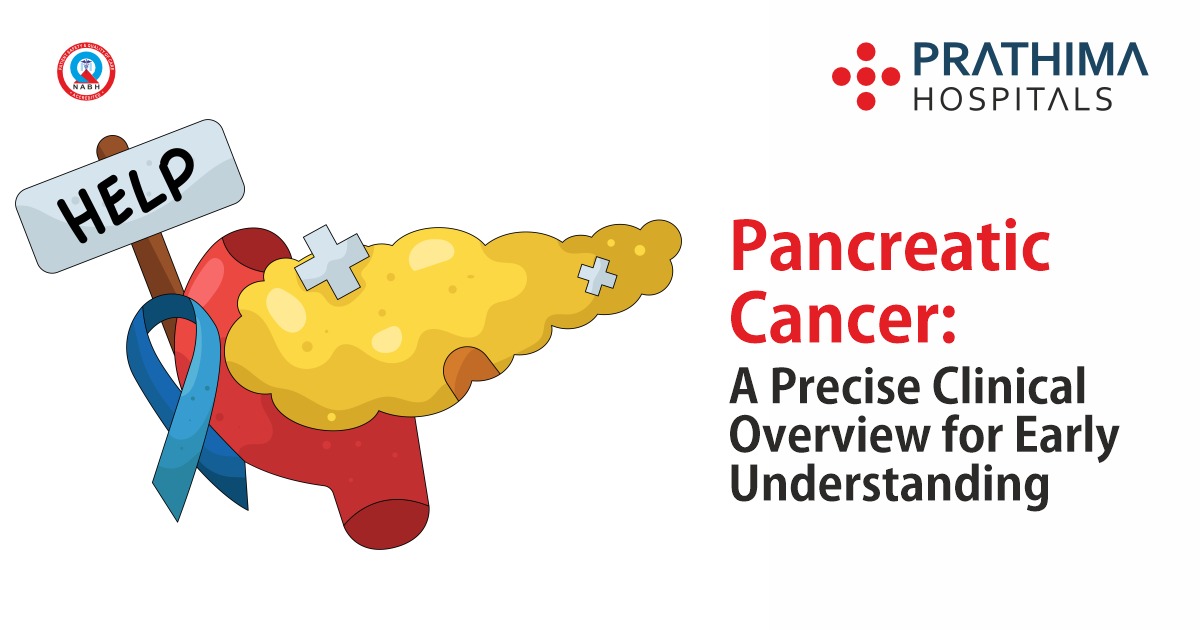
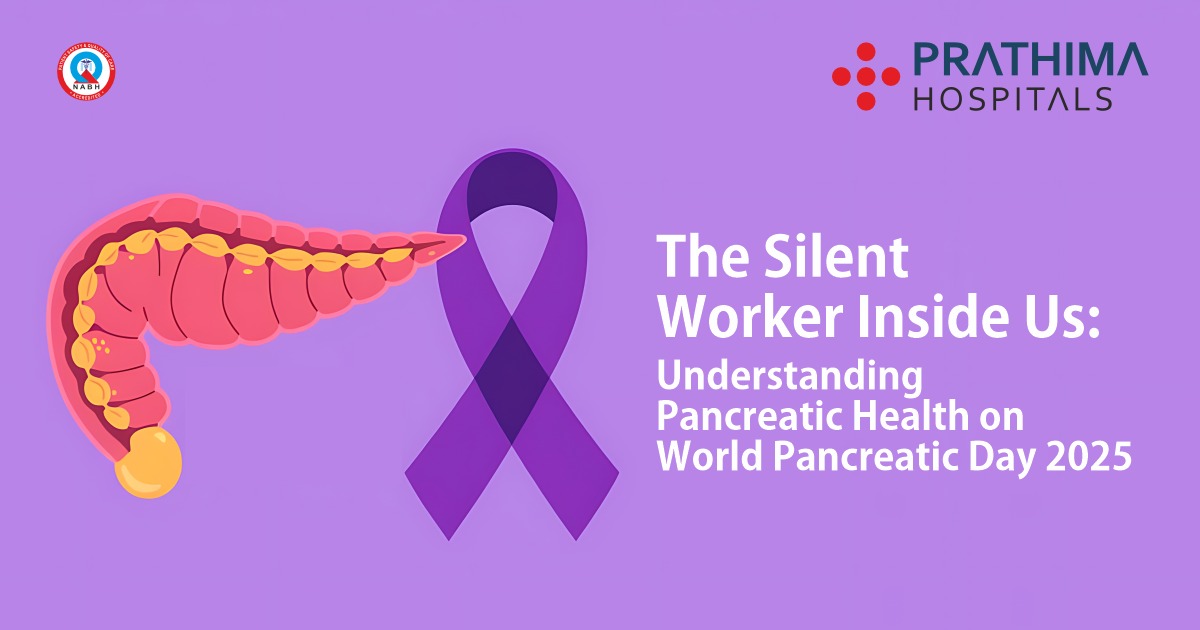
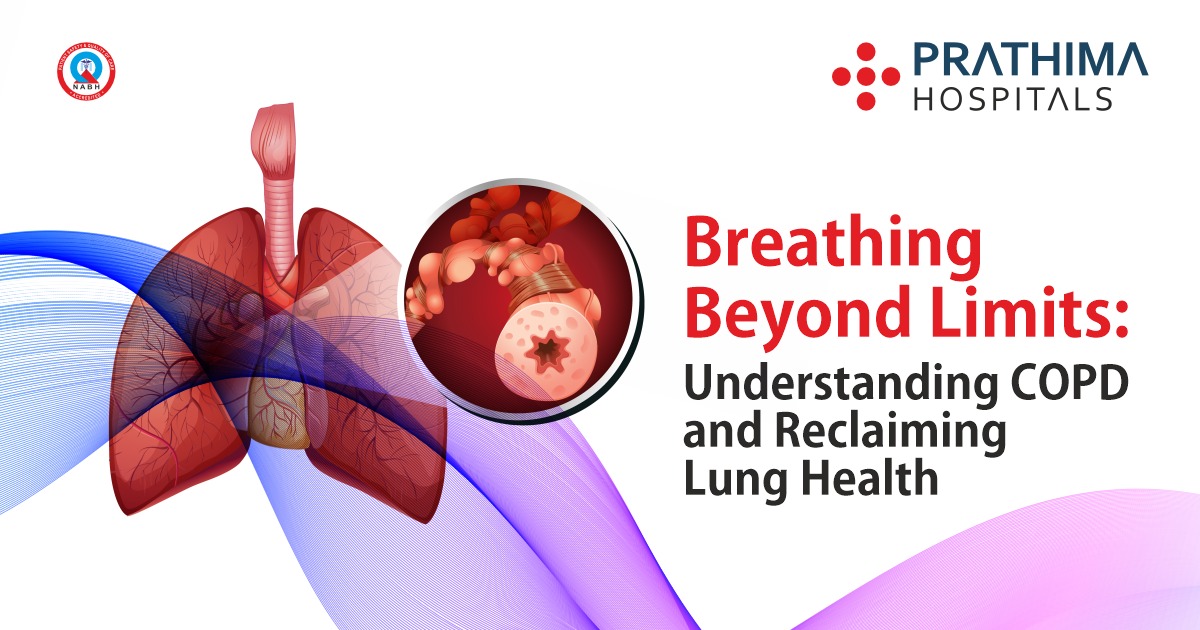
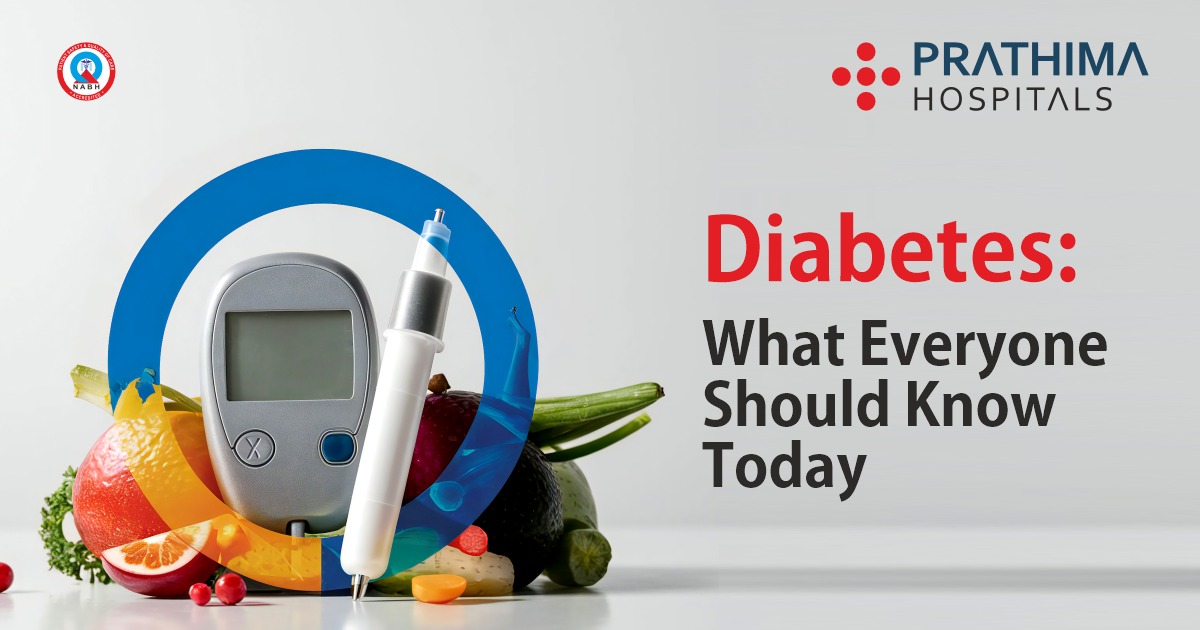

Warning: Undefined variable $req in /home/u885608126/domains/prathimahospitals.com/public_html/wp-content/themes/prathimahospitals/functions.php on line 294
Warning: Undefined variable $commenter in /home/u885608126/domains/prathimahospitals.com/public_html/wp-content/themes/prathimahospitals/functions.php on line 295
Warning: Trying to access array offset on value of type null in /home/u885608126/domains/prathimahospitals.com/public_html/wp-content/themes/prathimahospitals/functions.php on line 295
Warning: Undefined variable $aria_req in /home/u885608126/domains/prathimahospitals.com/public_html/wp-content/themes/prathimahospitals/functions.php on line 295
Warning: Undefined variable $req in /home/u885608126/domains/prathimahospitals.com/public_html/wp-content/themes/prathimahospitals/functions.php on line 298
Warning: Undefined variable $commenter in /home/u885608126/domains/prathimahospitals.com/public_html/wp-content/themes/prathimahospitals/functions.php on line 299
Warning: Trying to access array offset on value of type null in /home/u885608126/domains/prathimahospitals.com/public_html/wp-content/themes/prathimahospitals/functions.php on line 299
Warning: Undefined variable $aria_req in /home/u885608126/domains/prathimahospitals.com/public_html/wp-content/themes/prathimahospitals/functions.php on line 300
Warning: Undefined variable $commenter in /home/u885608126/domains/prathimahospitals.com/public_html/wp-content/themes/prathimahospitals/functions.php on line 303
Warning: Trying to access array offset on value of type null in /home/u885608126/domains/prathimahospitals.com/public_html/wp-content/themes/prathimahospitals/functions.php on line 303